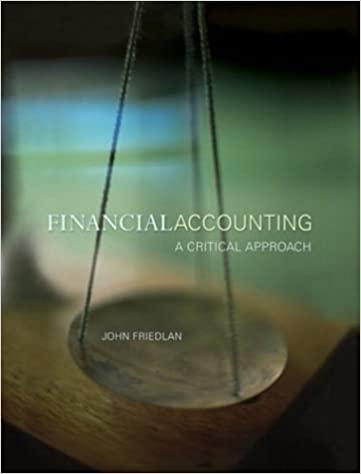please answer parts a,b,c, d

Alternative dividend policies Over the last 10 years, a firm has had the earnings per share shown in the following table: a. If the firm's dividend policy were based on a constant payout ratio of 40% for all years with positive earnings and 0% otherwise, what would be the annual dividend for 20172 b. Ir the firm had a dividend payout of $1.00 per share, increasing by $0.10 per share whenever the dividend payout fell below 50% for two consecutive years, what annual dividend would the firm pay in 2017? c. If the firm's policy were to pay $0.50 per share each period except when earnings per share exceed $3.00, when an extra dividend equal to 80% of earnings beyond $3.00 would be paid, what annual dividend would the firm pay in 2017? d. Discuss the pros and cons of each dividend policy described in parts a through c. a. If the firm's dividend policy were based on a constant payout ratio of 40% for all years with positive earnings and 0% otherwise, the annual dividend for 2017 is $ (Round to the nearest cent) tw i Data Table equi (Click on the icon located on the top-right corner of the data table below in order to copy its contents into a spreadsheet.) anni Year 2019 2018 Earnings per share $4.45 $4.81 $4.48 $3.34 $4.87 Year 2014 2013 2012 Earnings per share $2.25 $1.34 $1.48 - $0.94 $0.89 2017 2011 2016 2015 2010 Print Done Alternative dividend policies Over the last 10 years, a firm has had the earnings per share shown in the following table: a. If the firm's dividend policy were based on a constant payout ratio of 40% for all years with positive earnings and 0% otherwise, what would be the annual dividend for 2017? b. If the firm had a dividend payout of $1.00 per share, increasing by $0.10 per share whenever the dividend payout fell below 50% for two consecutive years, what annual dividend would the firm pay in 2017? o. If the firm's policy were to pay $0.50 per share each period except when earnings per share exceed $3.00, when an extra dividend equal to 80% of earnings beyond $3.00 would be paid, what annual dividend would the frm pay in 2017? d. Discuss the pros and cons of each dividend policy described in parts a through a. If the firm's dividend policy were based on a constant payout ratio of 40% for all years with positive earnings and 0% otherwise, the annual dividend for 2017 is (Round to the nearest cent.) Data lable (Click on the icon located on the top-right corner of the data table below in order to copy its contents into a spreadsheet.) Year 2019 2018 2017 2016 2015 Earnings per share $4.45 $4.81 $4.48 $3.34 $4.87 Year 2014 2013 2012 2011 2010 Earnings per share $2.25 $1.34 $1.48 - $0.94 $0.89 Print Done











